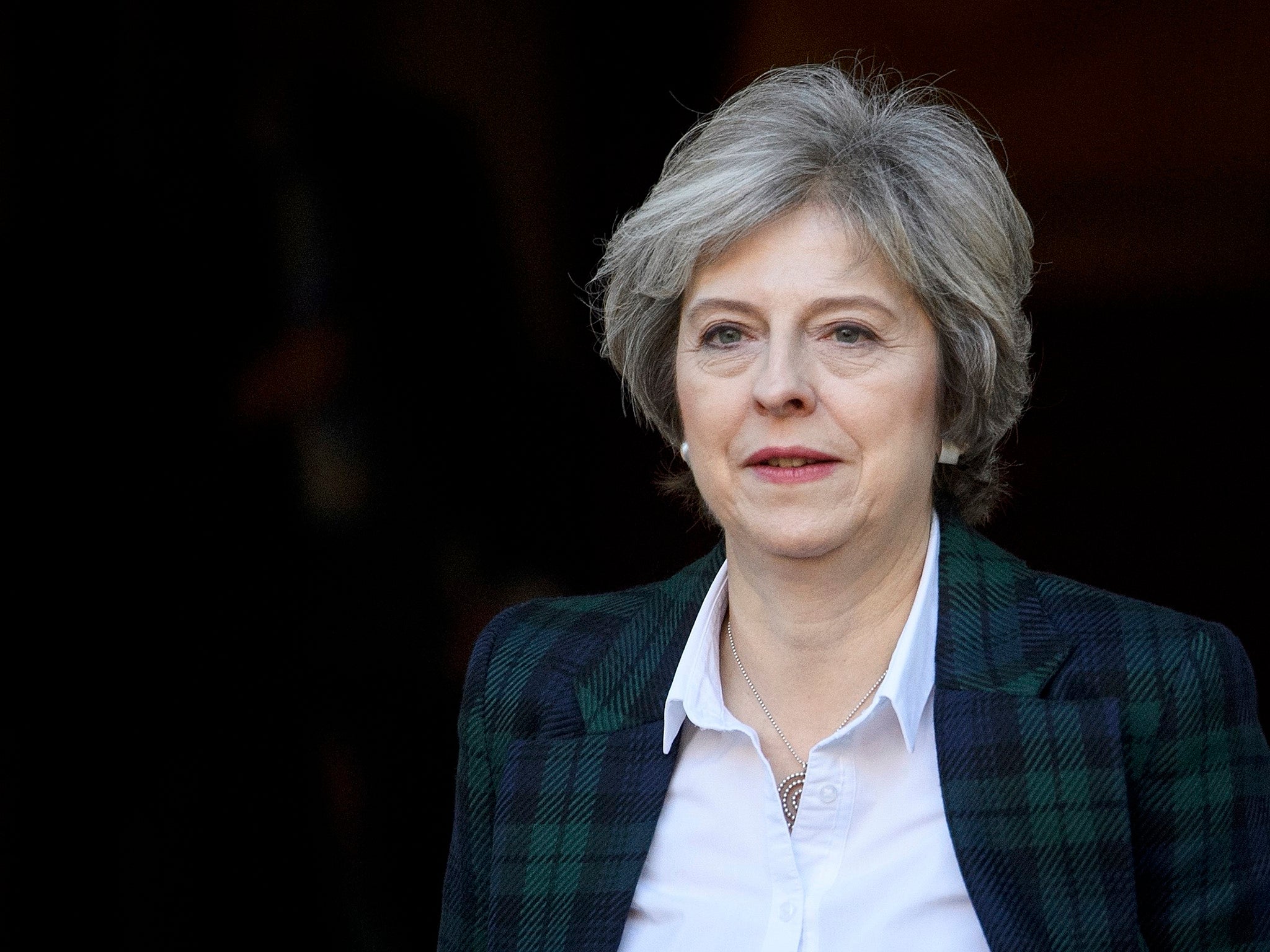Brexit White Paper – what is it?
Theresa May has said she will outline the Government's approach to managing the country's withdrawal from the EU as a White Paper - here is what you need to know about it

What is a White Paper?
It is a summary of the Government’s plans – usually published for information and to prompt discussion before a formal parliamentary bill is introduced.
White Papers allow views to be aired on a particular issue before formal debates in Parliament begin or any legislation is voted on. Ministers may take responses to the White Paper into account when drafting the subsequent law. In the case of the UK's withdrawal from the EU, however, the White Paper looks likely to be published after the draft Brexit Bill – an unusual move, but one that reflects the Government’s desire to get the Bill through Parliament as swiftly as possible.
White papers have no legal weight and do not become law themselves. Instead, they form the basis on which a formal Act of Parliament is drafted.
Why is the Government publishing a White Paper on Brexit?
It is in response to growing pressure from MPs of all parties, including a number of Conservative backbenchers, for the Government to update Parliament on its Brexit strategy before MPs are asked to vote to trigger Article 50 – the process by which countries formally leave the European Union (EU).
It comes after the Supreme Court ruled that MPs must vote to approve the Prime Minister’s decision to trigger Article 50. Some MPs have said they cannot do this without being given full details of the Government’s Brexit strategy. The White Paper will give MPs – and the public – a greater understanding of how the Government’s plans to take Britain out of the EU.
What is the difference between a White Paper and a Brexit Bill?
The Bill is the official law, voted on by both houses of Parliament, that will allow Theresa May to trigger Article 50 and formally begin the process of withdrawing Britain from the EU.
This is likely to be short and succinct because ministers want to reduce the opportunity for MPs and Lords to change the wording of the law or add their own amendments. The draft Bill is likely to include only the wording needed to lawfully give the Prime Minister permission to begin exit negotiations with the EU.
In contrast, the White Paper will be a lengthier document. It will provide more detailed information on the Government’s Brexit plan and how it intends to approach negotiations with the EU’s other 27 member states. This is likely to include policy positions on membership of the single market and customs union, and the kind of post-Brexit deal that ministers hope to negotiate with the EU.
When will the White Paper be published?
This is unclear. Labour has demanded the Government publishes the paper before MPs are asked to vote on Article 50. Failure to do so could lead to accusations that ministers are asking Parliament to vote on a hugely important issue without giving MPs and Lords the full facts – something that may lead some to vote against the triggering of Article 50.
Others, though, will argue that Theresa May has already explained much of the Government’s strategy, including plans to leave the single market and customs union, in a speech earlier this month. Ministers could say the nature of Britain’s withdrawal from the EU will only become clear once negotiations begin, and that a lack of clarity at this stage should not be a barrier to triggering Article 50.
What happens next?
The Government will now publish the two documents – the White Paper and a draft Act of Parliament, which is called a parliamentary bill until it formally becomes law. The bill was expected to be published as early as Thursday, while the White Paper will take longer.
Ministers are said to have prepared four versions of a possible Brexit Bill because they expected to lose their Supreme Court appeal. The different drafts vary in length: reports suggest the Government initially believed a one-line bill could be the quickest to get through Parliament but is said to have been warned that such a short law could cause problems further down the line.
Why does it matter?
The White Paper will likely include more information about the Government’s Brexit plan than has currently been made public. If published before Parliament votes on Article 50, it could influence whether some MPs vote for or against negotiations beginning.
The paper will also give the EU a better sense of Britain’s position and in doing so prompt some tricky decisions about how much the other EU member states are willing to compromise.
The parliamentary bill, meanwhile, could ultimately determine Theresa May’s strategy for negotiating Brexit.
This would happen if MPs or Peers are successful in adding their own terms to the draft law. The House of Commons or House of Lords could add conditions that would force the Prime Minister to adopt certain positions.
For example, Labour has said it will try to add a condition stating the Prime Minister must attempt to secure tariff-free access for the UK to the single market. The Government, on the other hand, will be doing everything possible to keep its options as open as possible.
Subscribe to Independent Premium to bookmark this article
Want to bookmark your favourite articles and stories to read or reference later? Start your Independent Premium subscription today.

Join our commenting forum
Join thought-provoking conversations, follow other Independent readers and see their replies